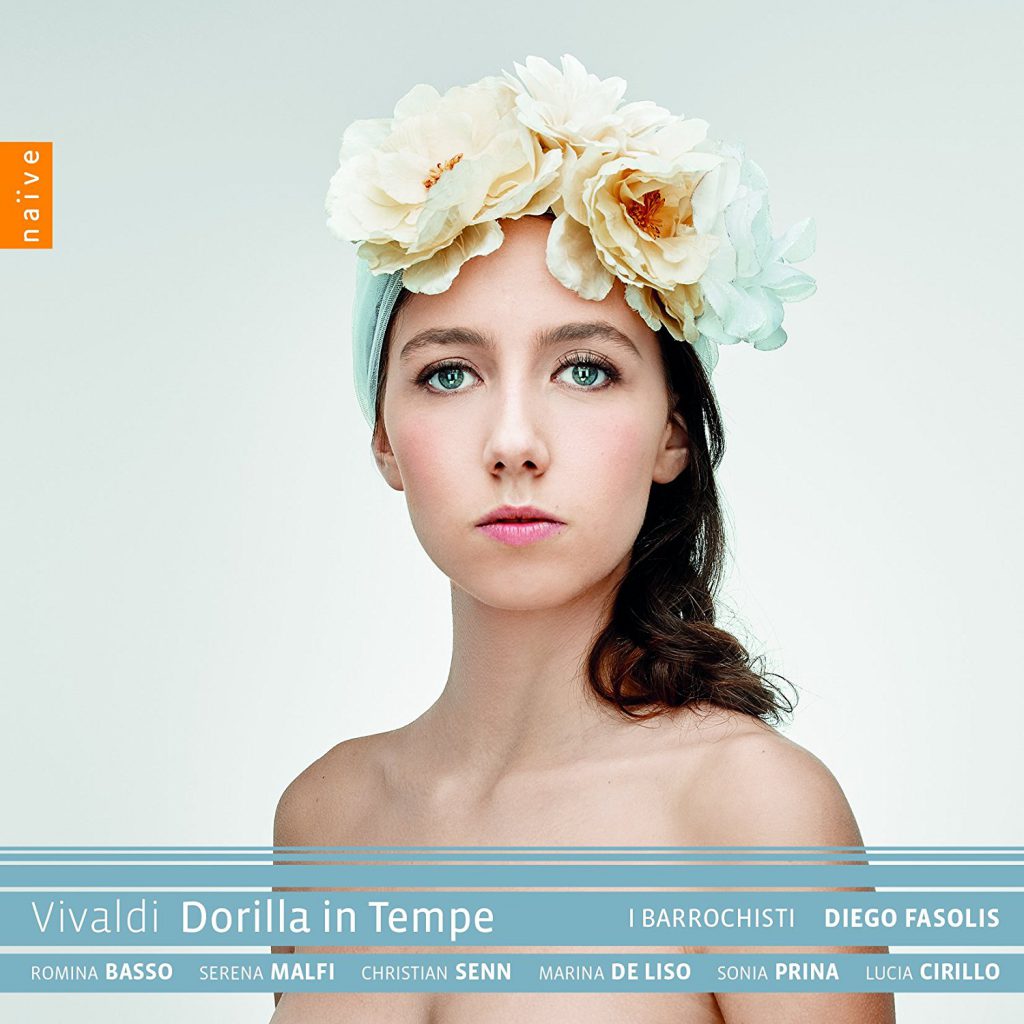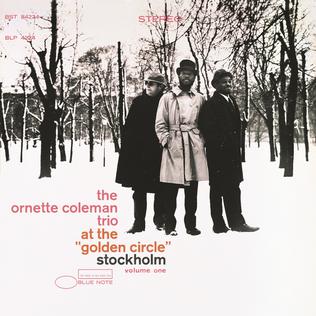- Welcome to GMG Classical Music Forum.
Recent posts
#1
General Classical Music Discussion / Re: What are you listening 2 n...
Last post by hopefullytrusting - Today at 10:53:17 PMThanks to Copilot - closing out the early morning - currently 1:46 AM - with Clementi's Piano Sonata Op. 1 No. 1:
https://www.youtube.com/watch?v=rtfqMRCSFxs
https://www.youtube.com/watch?v=H9yySAvZLv0
This is the exactly kind of music I am looking for when it comes to the piano sonata - concise and precise aka the school of Domenico Scarlatti - and this feels like the next logical extension moving from the Baroque into the Classical, away from the harpsichord to the piano, so there is an added layer of texture, which makes the works less clear overall because that is what texture does, but Clementi does strive to control for that while still exploring the reaches of the instrument. This is a perfect demonstration of the power of constraints - a true rhetor of the keyboard, not as incisive, but likely more persuasive (which, of course, is not the point of rhetoric).
I am very excited to continue down this path, and I think this is more fitting.
Highest recommendation.
https://www.youtube.com/watch?v=rtfqMRCSFxs
https://www.youtube.com/watch?v=H9yySAvZLv0
This is the exactly kind of music I am looking for when it comes to the piano sonata - concise and precise aka the school of Domenico Scarlatti - and this feels like the next logical extension moving from the Baroque into the Classical, away from the harpsichord to the piano, so there is an added layer of texture, which makes the works less clear overall because that is what texture does, but Clementi does strive to control for that while still exploring the reaches of the instrument. This is a perfect demonstration of the power of constraints - a true rhetor of the keyboard, not as incisive, but likely more persuasive (which, of course, is not the point of rhetoric).
I am very excited to continue down this path, and I think this is more fitting.
Highest recommendation.

#2
General Classical Music Discussion / Re: What are you listening 2 n...
Last post by Madiel - Today at 10:39:06 PMVivaldi: Dorilla in Tempe

The surviving version of this opera is from a later revival, where 8 of the arias (out of 19) are by other composers rather than Vivaldi. They don't particularly stick out, though I quite liked the ones by Hasse.
Plotwise, it's nothing special. There's the usual cases of people loving the wrong people, but in a pastoral setting. The shepherd that saves Dorilla is actually the god Apollo in disguise, though just why he's in disguise isn't really explained. And the mess is nicely resolved at the end when Apollo reveals himself, announces that actually Dorilla doesn't need to marry him, and the number of humans involved in the love plots turns out to be an even number.
Performance wise... it's not terrible but it wasn't often that I felt that engaged to be honest. There is a touch of Fasolis' aggression and so not as much light and shade as I'd like. One of the biggest problems I had is that Romina Basso in the title role really overdoes the ornamentation of the da capo section of each aria. Lucia Cirillo (as Filindo) has some of the same tendency plus she's also aggressive and shrill - which to some extent fits the limits of her character's story, but it gets wearying. There are other touches of milking the music a bit too much, and I suspect a lot of it is due to Fasolis rather than individual singers.
It's also a little strange that the recording dates show a huge gap, with some in May 2014 and some in July 2017. I didn't detect any obvious switches in sound, but it does make me wonder whether something went a bit wrong with the original sessions.
So yeah, not one of the better opera experiences thus far (that's 11 operas now). At least this one's on the shorter side!

The surviving version of this opera is from a later revival, where 8 of the arias (out of 19) are by other composers rather than Vivaldi. They don't particularly stick out, though I quite liked the ones by Hasse.
Plotwise, it's nothing special. There's the usual cases of people loving the wrong people, but in a pastoral setting. The shepherd that saves Dorilla is actually the god Apollo in disguise, though just why he's in disguise isn't really explained. And the mess is nicely resolved at the end when Apollo reveals himself, announces that actually Dorilla doesn't need to marry him, and the number of humans involved in the love plots turns out to be an even number.
Performance wise... it's not terrible but it wasn't often that I felt that engaged to be honest. There is a touch of Fasolis' aggression and so not as much light and shade as I'd like. One of the biggest problems I had is that Romina Basso in the title role really overdoes the ornamentation of the da capo section of each aria. Lucia Cirillo (as Filindo) has some of the same tendency plus she's also aggressive and shrill - which to some extent fits the limits of her character's story, but it gets wearying. There are other touches of milking the music a bit too much, and I suspect a lot of it is due to Fasolis rather than individual singers.
It's also a little strange that the recording dates show a huge gap, with some in May 2014 and some in July 2017. I didn't detect any obvious switches in sound, but it does make me wonder whether something went a bit wrong with the original sessions.
So yeah, not one of the better opera experiences thus far (that's 11 operas now). At least this one's on the shorter side!
#3
General Classical Music Discussion / Re: What are you listening 2 n...
Last post by steve ridgway - Today at 10:07:52 PMWaking up with Messiaen - Réveil Des Oiseaux For Piano And Orchestra


#4
Great Recordings and Reviews / Re: New Releases
Last post by ritter - Today at 10:07:08 PMQuote from: Kalevala on Today at 06:39:21 PMI don't know the musician nor the recording...what can you tell me?I saw Yunchan Lim perform live this summer in London. I didn't much care for the work he played (Rachmaninov's Fourth Concerto), but his playing was very convincing.
K
#6
Opera and Vocal / Re: New to Wagner - Just purch...
Last post by AnotherSpin - Today at 09:20:58 PMI expect this new comment will once again rouse the same meagre yet indefatigable little bunch of my detractors, who never seem to tire of their noble mission. Still, I shall say this.
In European mythological thought, particularly in the works of Karl Kerényi and Carl Jung, the incest motif, such as the brother–sister union in the Volsunga Saga that inspired Wagner's Die Walküre, is understood symbolically rather than literally. It expresses the union of opposites within the psyche, a process of renewal and transformation that leads to the emergence of a more complete self.
Kerényi regarded such mythic unions as giving rise to the "divine child," a symbol of indestructible life and spiritual regeneration. Jung interpreted these motifs as expressions of psychic rebirth: the return of energy to its unconscious source to create new consciousness. In Die Walküre, the love of Siegmund and Sieglinde, twins born of Wotan, follows this pattern. Their child Siegfried embodies the liberated hero, born to renew a corrupted and decaying world, which to my mind is the central motif of the entire cycle.
In European mythological thought, particularly in the works of Karl Kerényi and Carl Jung, the incest motif, such as the brother–sister union in the Volsunga Saga that inspired Wagner's Die Walküre, is understood symbolically rather than literally. It expresses the union of opposites within the psyche, a process of renewal and transformation that leads to the emergence of a more complete self.
Kerényi regarded such mythic unions as giving rise to the "divine child," a symbol of indestructible life and spiritual regeneration. Jung interpreted these motifs as expressions of psychic rebirth: the return of energy to its unconscious source to create new consciousness. In Die Walküre, the love of Siegmund and Sieglinde, twins born of Wotan, follows this pattern. Their child Siegfried embodies the liberated hero, born to renew a corrupted and decaying world, which to my mind is the central motif of the entire cycle.
#7
Composer Discussion / Re: Lesser known Russian/Sovie...
Last post by vandermolen - Today at 08:25:05 PMQuote from: Cato on November 06, 2025, 02:28:28 PMThanks for the information!A very attractive sounding work.
Here is a recording of her Symphony in b minor:
#9
Composer Discussion / Re: Tippett's Tearoom
Last post by Symphonic Addict - Today at 07:46:08 PMYes, serious symphony collectors shouldn't miss those phenomenal works. I suppose you may also check out the Concerto for double string orchestra, Fantasia on a theme of Corelli and Piano Concerto for starters.
#10
The Diner / Re: Reaction Videos
Last post by LKB - Today at 07:41:57 PMQuote from: Karl Henning on Today at 04:07:39 PMCassie goes early with Spielberg:
You beat me to it, I've just now finished watching the ladies holding their breath with Dennis Weaver.
I saw Duel in it's original broadcast as an ABC " Movie of the Week " in 1971. It was probably the first time any film held my attention from end to end, and I never forget that experience.


